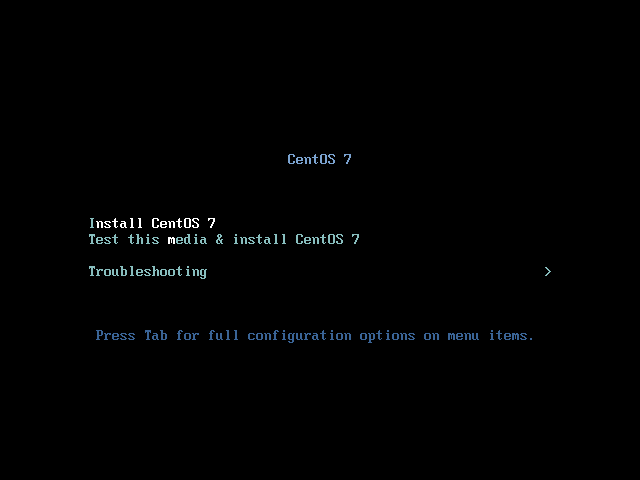Java重写equals及hashcode方法流程解析
初步探索
首先我们要了解equals方法是什么,hashcode方法是什么。
equals方法
equals 是java的obejct类的一个方法,equals的源码如下:
public boolean equals(Object paramObject){ return(this == paramObject);}
由此我们可以看到equals是用来比较两个对象的内存地址是否相等。
hashCode方法
hashCode方法是本地方法,用于计算出对象的一个散列值,用于判断在集合中对象是否重复的关键。
一条定理
equals相同的对象,hashCode必然相同。
代码示例
建立一个Student类。
public class Student { private String name; private int age; private String QQ; @Override public boolean equals(Object o) { if (this == o) return true; if (o == null || getClass() != o.getClass()) return false; Student student = (Student) o; return age == student.age &&Objects.equals(name, student.name) &&Objects.equals(QQ, student.QQ); }}
在 student 类中,我们重写了equals方法。
书写一个测试类
public class Test { public static void main(String[] args) { Student student = new Student(); Student student2 = new Student(); System.out.println(student.equals(student2)); //true System.out.println(student.hashCode()); //356573597 System.out.println(student2.hashCode()); //1735600054 HashMap<Student, String> map = new HashMap<>(); map.put(student,'123'); map.put(student2,'456'); System.out.println(map.get(student)); System.out.println(map.get(student2)); }}
输出
true 356573597 student 的hashcode值1735600054 student 2的hashcode值123 456
此时,我们发现 equals 相等的对象,hashcode却不相等,同时在map中用不同的对象进行了存储,map计算出来的hash值不同,但equals却相同。这时候懵了。到底两个对象一样不一样呢。所以我们在重写equals的时候,必须重写hashcode。
重新定义 student 类
public class Student { private String name; private int age; private String QQ; @Override public boolean equals(Object o) { if (this == o) return true; if (o == null || getClass() != o.getClass()) return false; Student student = (Student) o; return age == student.age &&Objects.equals(name, student.name) &&Objects.equals(QQ, student.QQ); } @Override public int hashCode() { return Objects.hash(name, age, QQ); }}
再次测试
public class Test { public static void main(String[] args) { Student student = new Student(); Student student2 = new Student(); System.out.println(student.equals(student2)); //true System.out.println(student.hashCode()); // 29791 System.out.println(student2.hashCode()); // 29791 HashMap<Student, String> map = new HashMap<>(); map.put(student,'123'); map.put(student2,'456'); System.out.println(map.get(student)); //456 System.out.println(map.get(student2)); //456 }}
最后的输出
true29791 //相同的对象29791456 //说明以一个值key存储,相同的值456
几条定理
1、两个对象的equals相等,hashcode必然相等。
2、两个对象不等,hashcode也可能相等。
3、hashcode相等,对象不一定相等。
4、hashcode不等,对象一定不等。
以上就是本文的全部内容,希望对大家的学习有所帮助,也希望大家多多支持好吧啦网。
相关文章:

 网公网安备
网公网安备